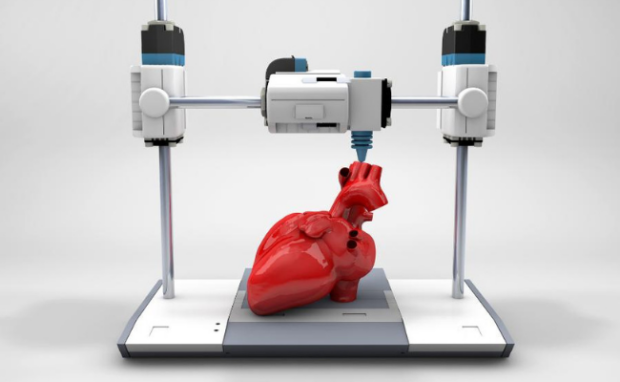Scientists at Huazhong University of Science and Technology used 3D printers to revolutionize toilets. Yike Li and his colleagues created a model toilet using their proprietary “abrasion-resistant super-slippery flush toilet (ARSFT) that ensures no substance sticks. It could be a more environmentally friendly alternative to latrines around the world.
Scientists may not think it logical to develop toilet technology but, we shouldn’t let this go to waste. I’ve mentioned in other articles that the seemingly mundane experiments usually have the largest global impact. This Chinese toilet would reduce waste and save water, saving the environment.
This article will cover the latest Chinese toilet technology from Huazhong University. After that, I’ll elaborate on 3D-printing and its applications.
What is the Chinese toilet like?
Research update website New Scientist said Yike Li and his team created the Chinese toilet by 3D printing a “mixture of plastic and hydrophobic sand grains. They used a fusion laser to combine the particles to create a complex design.
Then, they lubricated the surface with silicon oil, which penetrated below the surface because of the toilet’s structure. The team called the finished product the “abrasion-resistant super-slippery flush toilet (ARSFT),” which enables the following materials to flow without leaving skid marks:
- Milk
- Yogurt
- Highly sticky honey
- Muddy Water
- Congee and starch gel
Li’s team and he also tested the prototype with synthetic feces based on a South Africa recipe from University of KwaZulu Natal. Daily Mail says it’s a mixture of miso, yeast, peanut oil, and water that mimics human excrement.
Yahoo Finance reported that ARSFT remained intact after 1,000 abrasions with sandpaper or a Stanley knife. The 3D-printed Chinese toilet retains “its record-breaking super-slippery capability.”
You may also enjoy: South Koreans turn waste into digital currencies
Daily Mail published a report on this Chinese research. Huazhong University of Science and Technology said, “Developing a new method for the flushing toilet to minimize water consumption is of great importance.”
“Since its invention in the eighteenth century, flushing toilets have provided human society with considerable convenience and health. However, plenty of water is required in the flushing toilets due to the unavoidable adhesions between toilet surfaces and human feces as well as urines.”
“Globally, toilet flushing alone consumes more than 141 billion liters of water per day, which is six times the African population’s entire water consumption. The ARSFT is also a great option for public restrooms. This is especially true when the current facilities are unable to connect the excreta with the city’s sewage treatment system.
What are the applications for 3D printing technology?

Photo Credit: Futurelearn.com
We’ve seen Chinese scientists create super non-stick toilets with 3D printing, but what is it? The process involves building solid models using layers of specific materials.
Fused filament fabrication, for example, layers molten plastic or polymer to create a small item such as a toy or keychain. Today, it is used in a variety of ways.
NASA, for example, used 3D-printing to create a simulation environment for astronauts heading for Mars. The space agency wants to use 3D printing for interstellar settlements.
This method is expected to eliminate the need for launching additional building materials during multiple flights. Stanford scientist Mark Skylar Scott, along with his colleagues, 3D-printed a human’s heart.
You might also enjoy: Threads app loses nearly half its users
They used stem cells that the body uses for specialized ones. Researchers applied a formula to convert them into organ cells that can be 3D printed.
“We take millions of those and condense them into a human stem cell mayonnaise that we can then print through the printer,” Skylar-Scott said. In the near future, we may be able print organs to avoid waiting for donors and save millions.
Shap E is a tool that combines artificial intelligence with 3D printers. It’s similar to ChatGPT but instead of text, it generates 3D models.
You can also read our conclusion.
Researchers from Huazhong University created a 3D-printed toilet that allows any substance to be flushed on it. It could help save water by reducing the amount of toilet flushing.
Yahoo Finance says that’s equivalent to 141 billion liters of water daily. However, Daily Mail says the scientists haven’t disclosed how much the Chinese toilet would cost consumers.
Inquirer Tech also has some other amazing and wacky scientific updates. For example, this one about self-repairing clothing. The magazine also offers tips on artificial intelligence and apps.
Continue Reading
Subscribe to INQUIRER PLUS to get access to The Philippine Daily Inquirer & other 70+ titles, share up to 5 gadgets, listen to the news, download as early as 4am & share articles on social media. Call 896-6000.
Contact us for feedback, complaints or inquiries.






